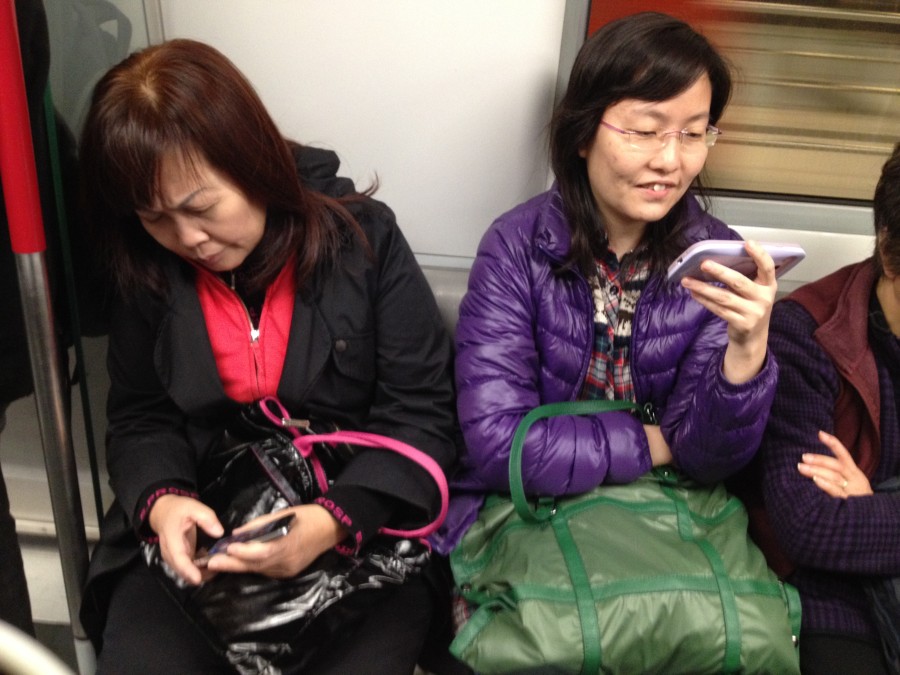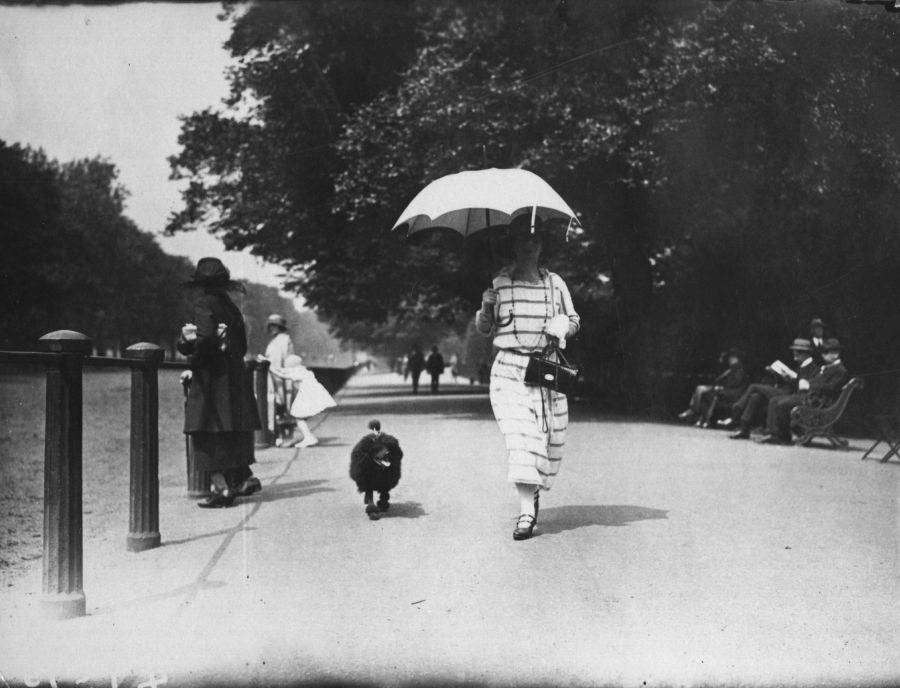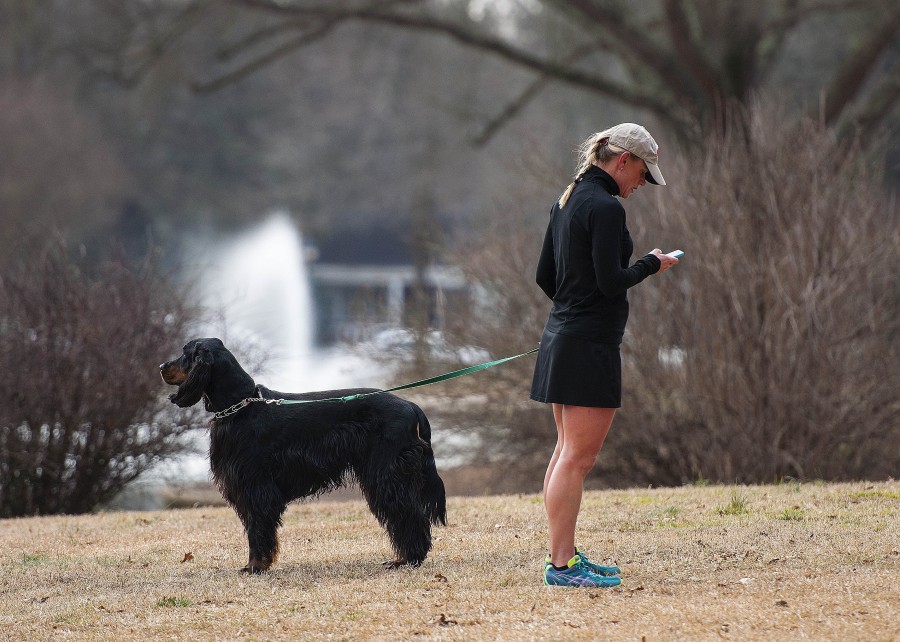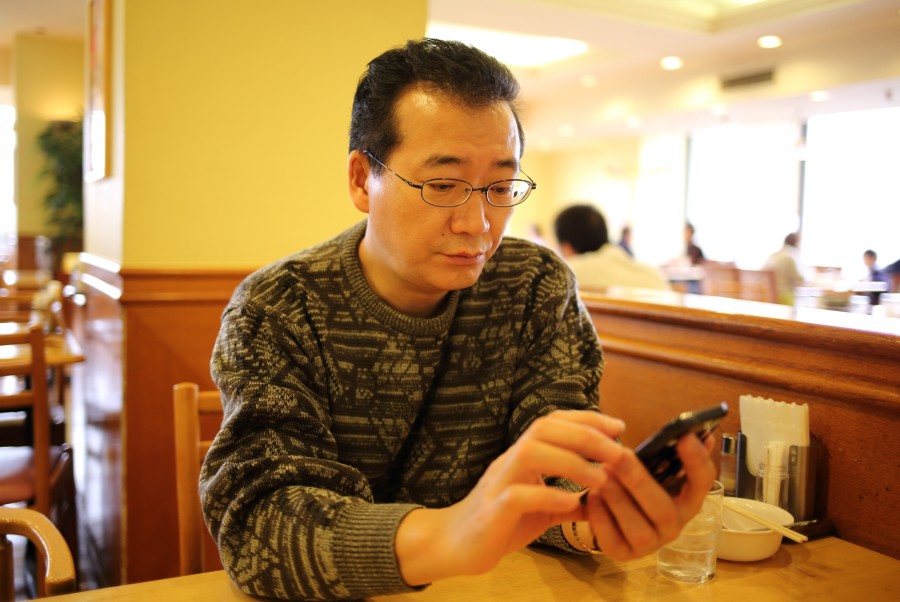10 Ways Artificial Intelligence Can Reinvent Education
“Artificial Intelligence (AI) already plays a role in grading essays, largely at the level of discerning infractions of grammar and punctuation. This opens up a potential partnership between AI and teachers: we let AI do the dirty work (find all those annoying run-ons and fragments) while we humans read for meaning and ideas. But what if AI could read for content? What if it could mimic us so well that it could pass the Turing Test, so that students couldn’t tell whether they were receiving feedback from a machine or a human?”
For decades, science fiction authors, futurists, and movie makers alike have been predicting the amazing (and sometimes catastrophic) changes that will arise with the advent of widespread artificial intelligence. So far, AI hasn’t made any such crazy waves, and in many ways has quietly become ubiquitous in numerous aspects of our daily lives. From the intelligent sensors that help us take perfect pictures, to the automatic parking features in cars, to the sometimes frustrating personal assistants in smartphones, artificial intelligence of one kind of another is all around us, all the time.
While we’ve yet to create self-aware robots like those that pepper popular movies like 2001: A Space Odyssey and Star Wars, we have made smart and often significant use of AI technology in a wide range of applications that, while not as mind-blowing as androids, still change our day-to-day lives. One place where artificial intelligence is poised to make big changes (and in some cases already is) is in education. While we may not see humanoid robots acting as teachers within the next decade, there are many projects already in the works that use computer intelligence to help students and teachers get more out of the educational experience.
Here are just a few of the ways those tools, and those that will follow them, will shape and define the educational experience of the future.
- Artificial intelligence can automate basic activities in education, like grading. In college, grading homework and tests for large lecture courses can be tedious work, even when TAs split it between them. Even in lower grades, teachers often find that grading takes up a significant amount of time, time that could be used to interact with students, prepare for class, or work on professional development. While AI may not ever be able to truly replace human grading, it’s getting pretty close. It’s now possible for teachers to automate grading for nearly all kinds of multiple choice and fill-in-the-blank testing and automated grading of student writing may not be far behind. Today, essay-grading software is still in its infancy and not quite up to par, yet it can (and will) improve over the coming years, allowing teachers to focus more on in-class activities and student interaction than grading.
- Educational software can be adapted to student needs. From kindergarten to graduate school, one of the key ways artificial intelligence will impact education is through the application of greater levels of individualized learning. Some of this is already happening through growing numbers of adaptive learning programs, games, and software. These systems respond to the needs of the student, putting greater emphasis on certain topics, repeating things that students haven’t mastered, and generally helping students to work at their own pace, whatever that may be. This kind of custom tailored education could be a machine-assisted solution to helping students at different levels work together in one classroom, with teachers facilitating the learning and offering help and support when needed. Adaptive learning has already had a huge impact on education across the nation (especially through programs like Khan Academy), and as AI advances in the coming decades adaptive programs like these will likely only improve and expand.
- It can point out places where courses need to improve. Teachers may not always be aware of gaps in their lectures and educational materials that can leave students confused about certain concepts. Artificial intelligence offers a way to solve that problem. Coursera, a massive open online course provider, is already putting this into practice. When a large number of students are found to submit the wrong answer to a homework assignment, the system alerts the teacher and gives future students a customized message that offers hints to the correct answer. This type of system helps to fill in the gaps in explanation that can occur in courses, and helps to ensure that all students are building the same conceptual foundation. Rather than waiting to hear back from the professor, students get immediate feedback that helps them to understand a concept and remember how to do it correctly the next time around.
- Students could get additional support from AI tutors. While there are obviously things that human tutors can offer that machines can’t, at least not yet, the future could see more students being tutored by tutors that only exist in zeros and ones. Some tutoring programs based on artificial intelligence already exist and can help students through basic mathematics, writing, and other subjects. These programs can teach students fundamentals, but so far aren’t ideal for helping students learn high-order thinking and creativity, something that real-world teachers are still required to facilitate. Yet that shouldn’t rule out the possibility of AI tutors being able to do these things in the future. With the rapid pace of technological advancement that has marked the past few decades, advanced tutoring systems may not be a pipe dream.
- AI-driven programs can give students and educators helpful feedback. AI can not only help teachers and students to craft courses that are customized to their needs, but it can also provide feedback to both about the success of the course as a whole. Some schools, especially those with online offerings, are using AI systems to monitor student progress and to alert professors when there might be an issue with student performance. These kinds of AI systems allow students to get the support they need and for professors to find areas where they can improve instruction for students who may struggle with the subject matter. AI programs at these schools aren’t just offering advice on individual courses, however. Some are working to develop systems that can help students to choose majors based on areas where they succeed and struggle. While students don’t have to take the advice, it could mark a brave new world of college major selection for future students.
- It is altering how we find and interact with information. We rarely even notice the AI systems that affect the information we see and find on a daily basis. Google adapts results to users based on location, Amazon makes recommendations based on previous purchases, Siri adapts to your needs and commands, and nearly all web ads are geared toward your interests and shopping preferences. These kinds of intelligent systems play a big role in how we interact with information in our personal and professional lives, and could just change how we find and use information in schools and academia as well. Over the past few decades, AI-based systems have already radically changed how we interact with information and with newer, more integrated technology, students in the future may have vastly different experiences doing research and looking up facts than the students of today.
- It could change the role of teachers. There will always be a role for teachers in education, but what that role is and what it entails may change due to new technology in the form of intelligent computing systems. As we’ve already discussed, AI can take over tasks like grading, can help students improve learning, and may even be a substitute for real-world tutoring. Yet AI could be adapted to many other aspects of teaching as well. AI systems could be programmed to provide expertise, serving as a place for students to ask questions and find information or could even potentially take the place of teachers for very basic course materials. In most cases, however, AI will shift the the role of the teacher to that of facilitator. Teachers will supplement AI lessons, assist students who are struggling, and provide human interaction and hands-on experiences for students. In many ways, technology is already driving some of these changes in the classroom, especially in schools that are online or embrace the flipped classroom model.
- AI can make trial-and-error learning less intimidating. Trial and error is a critical part of learning, but for many students, the idea of failing, or even not knowing the answer, is paralyzing. Some simply don’t like being put on the spot in front of their peers or authority figures like a teacher. An intelligent computer system, designed to help students to learn, is a much less daunting way to deal with trial and error. Artificial intelligence could offer students a way to experiment and learn in a relatively judgment-free environment, especially when AI tutors can offer solutions for improvement. In fact, AI is the perfect format for supporting this kind of learning, as AI systems themselves often learn by a trial-and-error method.
- Data powered by AI can change how schools find, teach, and support students. Smart data gathering, powered by intelligent computer systems, is already making changes to how colleges interact with prospective and current students. From recruiting to helping students choose the best courses, intelligent computer systems are helping make every part of the college experience more closely tailored to student needs and goals. Data mining systems are already playing an integral role in today’s higher-ed landscape, but artificial intelligence could further alter higher education. Initiatives are already underway at some schools to offer students AI-guided training that can ease the transition between college and high school. Who knows but that the college selection process may end up a lot like Amazon or Netflix, with a system that recommends the best schools and programs for student interests.
- AI may change where students learn, who teaches them, and how they acquire basic skills. While major changes may still be a few decades in the future, the reality is that artificial intelligence has the potential to radically change just about everything we take for granted about education. Using AI systems, software, and support, students can learn from anywhere in the world at any time, and with these kinds of programs taking the place of certain types of classroom instruction, AI may just replace teachers in some instances (for better or worse). Educational programs powered by AI are already helping students to learn basic skills, but as these programs grow and as developers learn more, they will likely offer students a much wider range of services. The result? Education could look a whole lot different a few decades from now.






























